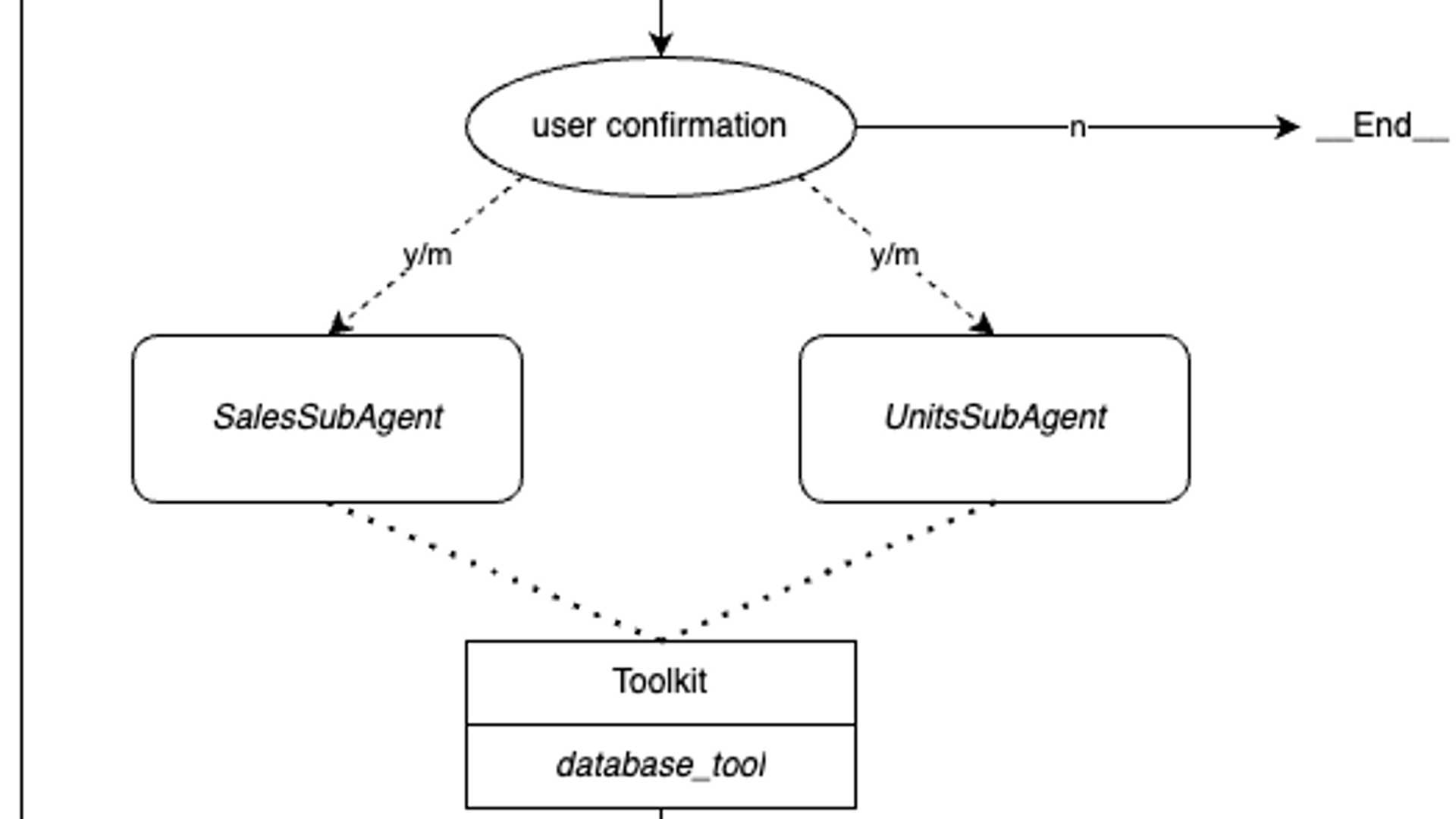Building a Simple Multi-agent System Using Gemini 2.0
How a data scientist’s job is made easy by the latest agentic AI. Just like many of you, I’m one of those who, while intrigued by all the news about the amazing capabilities of GenAI, always keep a second thought — “I’m not convinced until shown proof of real productivity improvement.” Well, I’m glad to share some good news here. I finally see what I’ve been looking for by building a simple agentic system using Gemini 2.0 Flash in less than 3 hours. From my experience, if using the existing non-AI approach, it may cost a team months to build something of similar functionalities.
A Simple Toy Example
My toy example is simple — there is a product database with 4 columns. My goal is to find the total sales and units of a product. For example, “What are the sales for product ‘widget A’ in the last month?”.
The Agent System
In my mind, such an agent system works by:
- The IntentExtractionAgent extracts the user intent from the query.
- The user is prompted to confirm the extracted intent.
- Either the SalesSubAgent or the UnitsSubAgent is called to retrieve the proper values from the database by using a shared database_tool.
- The retrieval results are sent to the ResponseAgent to produce the answer.
This design pattern is inspired by a recent article on designing cognitive architectures.
Using Gemini 2.0 Flash
I used Google AI Studio for code generation with Gemini 2.0 Flash Experimental as the LLM. My idea is to treat LLM code generation as if I am working with a junior data scientist: I ask him to first come up with a basic design by telling him some basic prompts.

Coding Iterations
My first prompt and the subsequent iterations with Gemini led to the development of a more refined agent system. The process involved refining prompts and integrating tools from OpenAI.
Understanding Python Functions
I also explored concepts in Python programming such as function attributes with the help of Gemini's explanations. This interaction helped me gain new insights into Python's capabilities.
Final Thoughts
I believe that the latest LLMs, such as Gemini 2.0 and OpenAI o1, have the potential to revolutionize the software industry. By leveraging AI for code generation, teams can achieve higher productivity and efficiency in software development.

Due to time constraints, I was unable to run and test all the code above. The experiment results will be shared in a subsequent article.
I hope this exploration into building a simple multi-agent system using Gemini 2.0 has been insightful. Feel free to reach out if you have any questions.




















